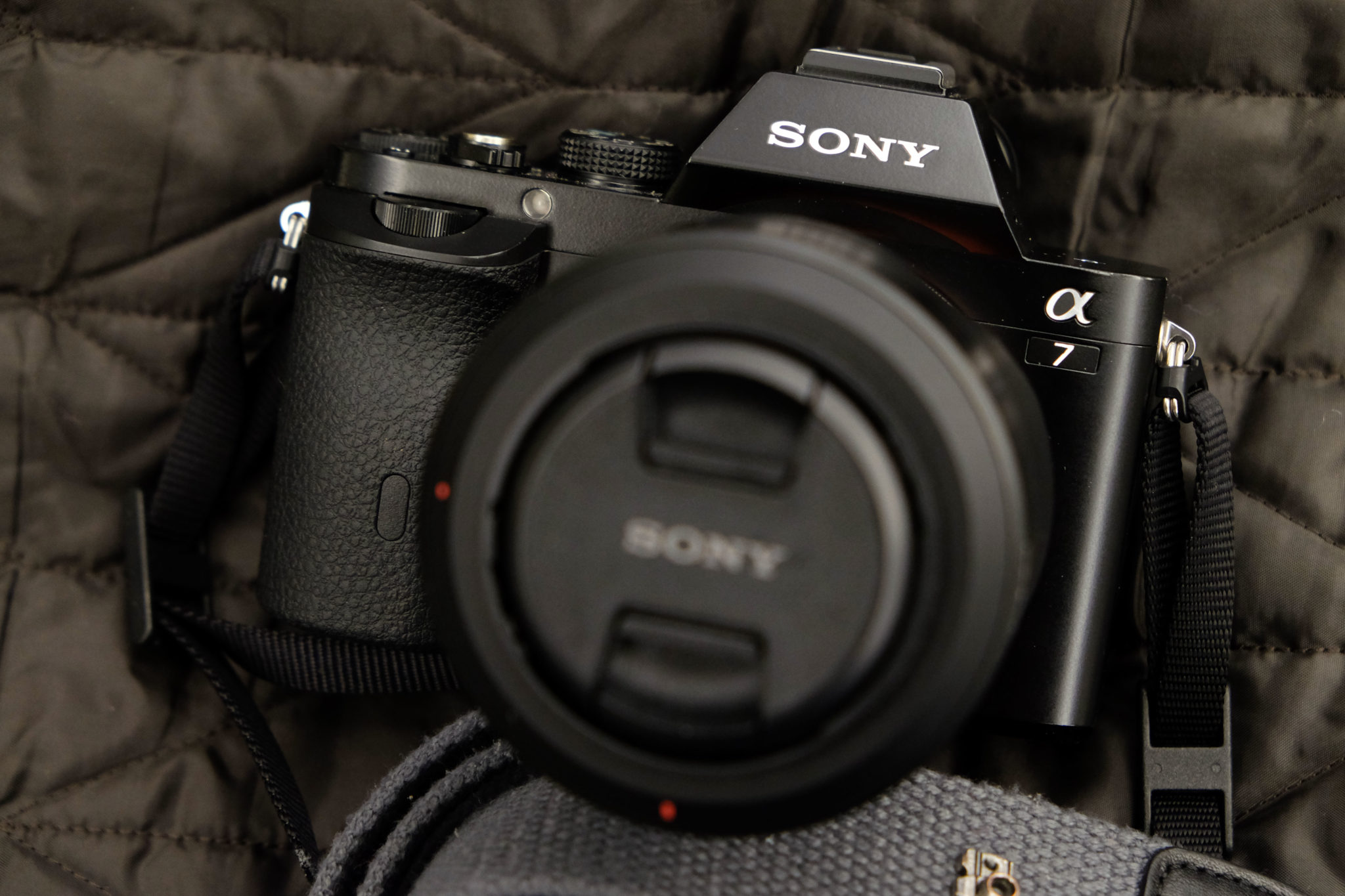There have been a lot of cameras released over the last 10 years, but none have been as game-changing as the innovative cameras we have rounded up here.
In 2010, digital cameras had taken over, and the days of film were slipping into distant memory. As we all know, technology advances at a rapid pace, and thankfully, for us, some camera manufacturers embraced these advances and ended up creating innovative cameras that have changed the landscape of photography forever. Today, we’re taking a look at 14 of the most innovative cameras from the last decade that have changed the way we take photographs.
There have been a lot of cameras released over the past ten years, but none of them have done more to advance photography than the 14 we have listed below. Thanks to the likes of Sony, Fujifilm, Leica, Samsung, Olympus, and others, photography has changed for the better. Let’s look at the most innovative cameras from the past decade and bask in all their technological glory.
Sony Alpha a77 – 2011
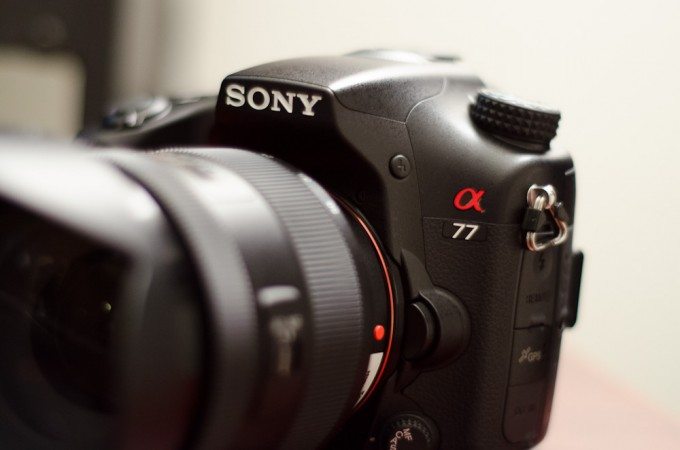
Sony initially purchased Konica-Minolta in 2006, and it didn’t take long for them to start innovating. By 2011, Sony, and their engineers were throwing everything at digital cameras, and while a lot of people thought they were crazy, Sony knew what they were doing. The Sony Alpha a77 gave us a glimpse of what was to come. By removing the traditional mirror in DSLRs, Sony was able to use an EVF instead of a traditional optical viewfinder, and give us 12 frames per second which was blazing fast in 2011. We look back now and see Sony was only just starting. Here’s what we said about it in our review:
“Sony’s unique approach to the market is refreshing, and I really think they’re onto something with their OLED EVF.”
Fujifilm X100 – 2011
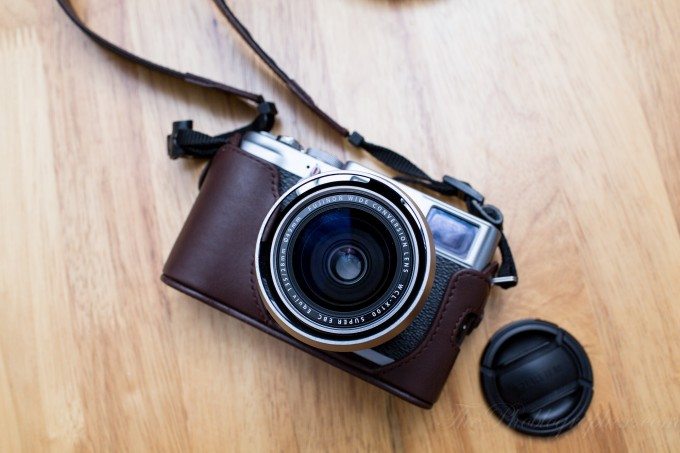
The Fujifilm X100 will forever go down as a classic from this decade. Thanks to its gorgeous, retro Rangefinder styling, the hybrid optical and electronic viewfinder (which was ahead of its time), and its great image quality, the Fujifilm X100 became a firm favorite with street photographers everywhere. The X100 is the camera that announced the arrival of Fujifilm and its stunning cameras. Little did we know just how far this camera would launch Fujifilm. Here’s what we said about it in our review:
“Both professionals and hobbyists alike will both love the files from this camera. Their dynamic range and color depth are both very good and can help you to create better images in the digital darkroom.”
Sony A7 – 2013
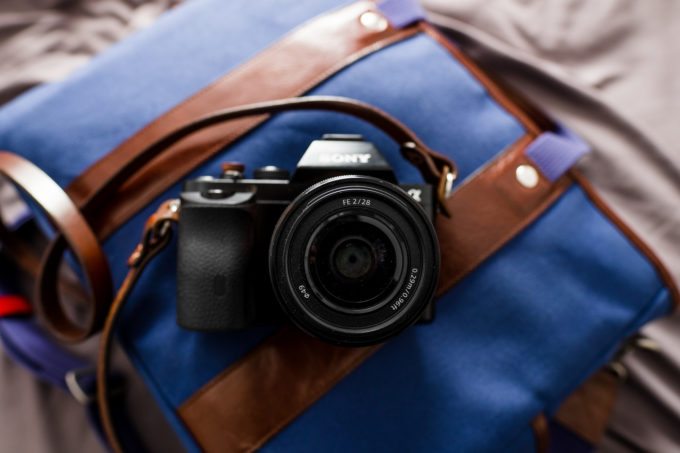
Just two short years after the release of the Alpha a77 DSLR, Sony released the world’s first Full Frame Mirrorless camera and started what we now call the Mirrorless wars. Packed inside its small body was a 24.3-megapixel sensor, the Bionz X image processor, and the OLED EVF people thought Sony was crazy for using in the a77. The a7 introduced Mirrorless cameras to the world of professional photography, and we haven’t looked back since. Here’s what we said in our review:
“This is, by all means, a professional camera and the most affordable full-frame option on the market. This may be too much power in the hands of a nascent photographer, but professionals will have a field day with this camera.”
Sony A7r – 2013
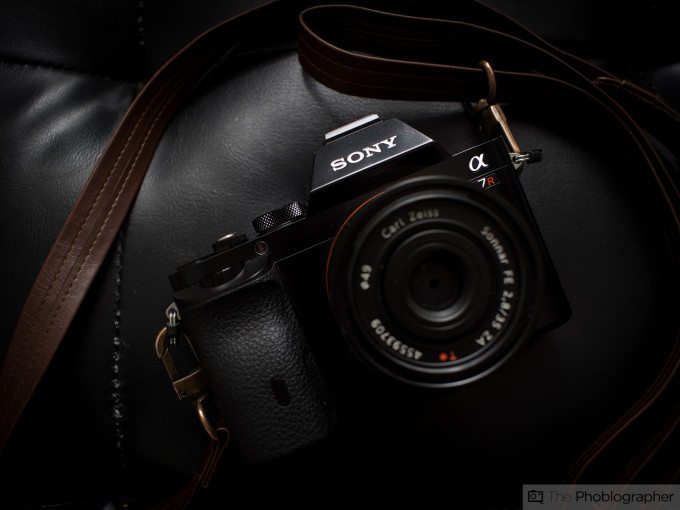
Sony? Again? Yep, you had better get used to it. The impact Sony has had on photography over the last decade is unprecedented, and the a7 is easily one of the most innovative cameras from the last 10 years. The A7r launched in the same year as the a7, but this beast packed a high-resolution 36.4-megapixel sensor that made both Canon and Nikon’s shutters shake with fear. The Sony a7r also featured Wi-Fi, NFC, a 3-inch tiltable display, a gorgeous EVF, and no low pass filter, which meant this camera could capture impressive amounts of detail. Here’s what we said in our review:
“Sony is receiving the Editor’s Choice award out of the pure innovation put into this product.”
DJI Phantom Vision – 2013
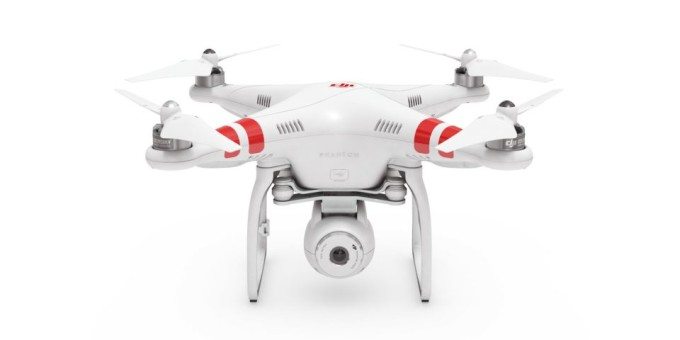
Okay, okay, so it’s not a traditional camera, but nobody can deny the impact that DJI has had on photography. The original Phantom was designed as a platform for GoPro Hero cameras, but the second model (the Phantom Vision), featured an integrated 14-megapixel camera that could also shoot 1080p video. These days we barely bat an eye when we see a drone or hear someone talking about them, but in 2014, these airborne cameras were at the top of the innovation chain, and their impact on the industry has been immense. There is no way we could leave this off the list. YouTubers would be lost without all of the “epic” B-Roll they can capture with one of these. Here’s what Pocket-Lint had to say about it:
“Although “fun” isn’t perhaps the main objective of DJI in the Phantom 2 Vision, it’s still a brilliant bit of kit to play with. It flies superbly, and you can get some genuinely amazing footage out of it. “
Sony A7s – 2014
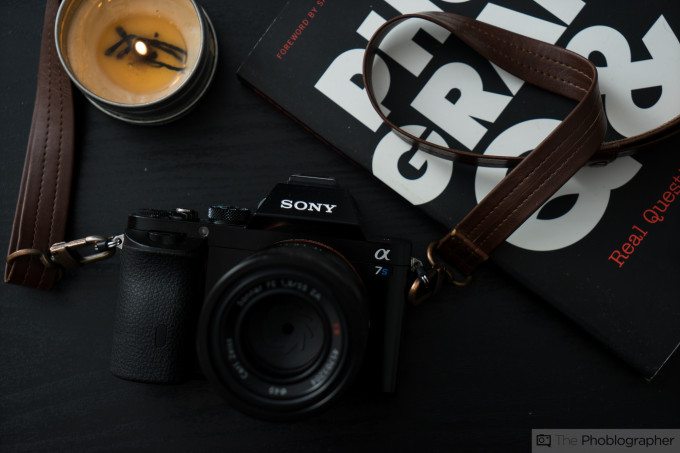
As you can tell from this list, Sony was going after it in the first half of this decade. The a7s reached legendary status quite quickly thanks to Sony producing a sensor that could make miracles happen in low light. Sony forgot about the megapixel wars with this camera and started the high ISO war, and still, to this day, cameras can’t come close to this original high ISO beast. Need to grab a shot, or shoot video at ISO 102,400 and above? No problem! Don’t believe us? Check out our review and see the sample images. It’s easily one of the most innovative cameras during the last decade. Here’s what we had to say about it in our review:
“Sony’s A7s has a lot going for it. In today’s world, everyone wants amazing high ISO abilities–and the A7s delivers on this and then some. But in the method Sony took, we dare to say that it’s too good. There comes a certain point where a still photo taken doesn’t need the have a super high ISO. However, it could totally change the way you shoot.”
Want one? You can still pick one up new for $1,998.
Samsung NX1 – 2015
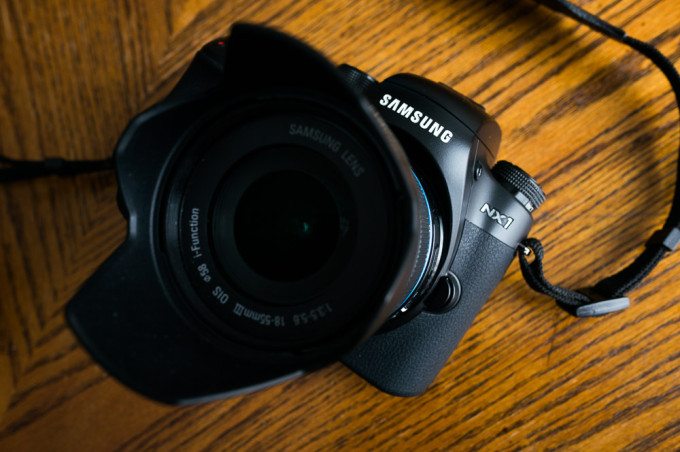
Oh, Samsung, why did you abandon us? Midway through this decade, you were leading the charge when it came to innovation, and then you started focusing on French door fridges? Why, Samsung? Why? The Samsung NX1 was a camera well ahead of its time. This beastly camera had a 28.2-megapixel, backside-illuminated APS-C sensor, it could record 4k video at 24fps, there were 205 phase-detection AF points and 209 contrast-detect points, a gorgeous touchscreen, connectivity options galore, and it could fire off 15 frames per second. In 2015, hardly anything else on the market came close to this camera. It more than deserves to be included in this list of most innovative cameras since 2010. Here’s what we said in our review:
“Photojournalists and sports photographers will be able to comfortably rely on the NX1’s AF to get the shot. The same goes for wedding and event photographers.”
Pentax K-1 – 2016
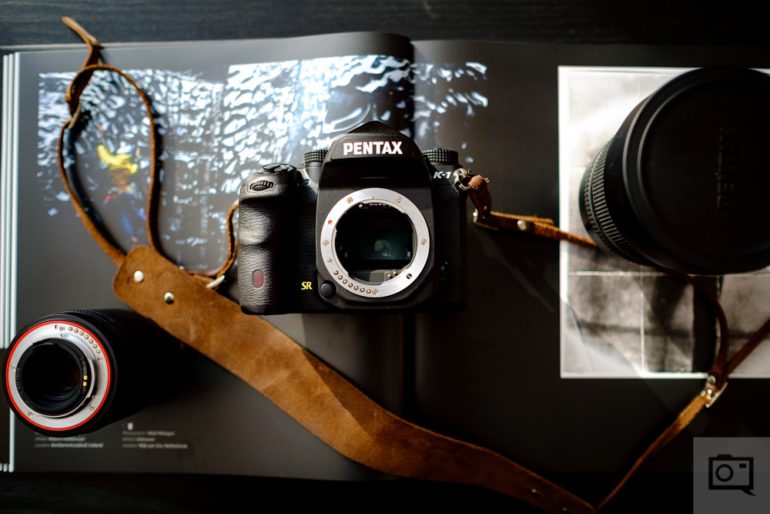
Hey! Settle down! Yes, there’s a Pentax on the list, get over it. The K1, which hit the streets in 2016, was a representation of Pentax at their finest. The K1 had a feature set that made it one of the most innovative cameras. IBIS? Yep! Pixel shift? Yep! Astrotracer with GPS? Yep! A self-leveling sensor? You bet! A high-resolution sensor? Yes, over 36 megapickles. Cram all of this tech in a body that had more weather-sealing than Noah’s Ark, and that could withstand Thanos treading on it, and you have one great camera! We need Pentax to start innovating like this again. Here’s what we said about it in our review:
“The Pentax K-1 has fantastic weather sealing, a great interface that mostly keeps your eye in the viewfinder and not on the LCD screen, and a very nice build quality overall. The menu is also pretty simple, but Canon trumps it there. As far as the image quality goes, it surely delivers.“
The K1 is no more, but the K1 II is essentially the same camera with slightly faster autofocus. The K1 II can be yours for $1,796.95.
Hasselblad X1D – 2016
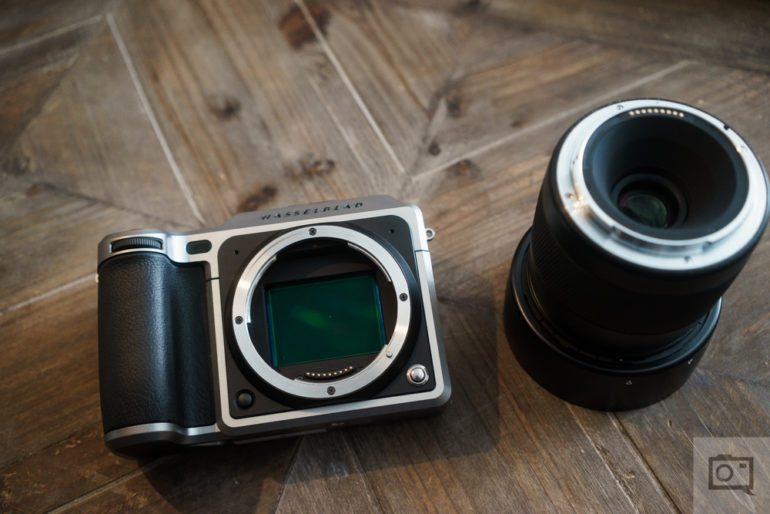
Hasselblad has been making Medium Format cameras for decades, but the X1D was the world’s first Mirrorless Medium Format camera and this is why it makes the list of most innovative cameras. This gorgeous hunk of aluminum featured a 50-megapixel sensor, and although it was still quite pricey at the time, the fact that you could buy this for under $10,000 was a big deal. Finally, a Mirrorless Medium Format camera that was affordable compared to other digital Medium Format cameras. The X1D opened the door to the likes of Fujifilm, who would become one of their main rivals. Here’s what we said about the X1D in our review:
“The raw files straight out of the camera ooze an unmistakable cinematic quality, which for many is the “medium format look.” The way the X1D reads light has literally caused me to well with a tear or two (not joking): its handling of light is poetic and moving and demands attention. The tonal transitions, especially in the highlights, really imbue well-lit subjects with a punch.”
The X1D has been discontinued, but we recently reviewed the new Hasselblad X1D II, which can be yours for $5,750.
Leica M-D – 2016
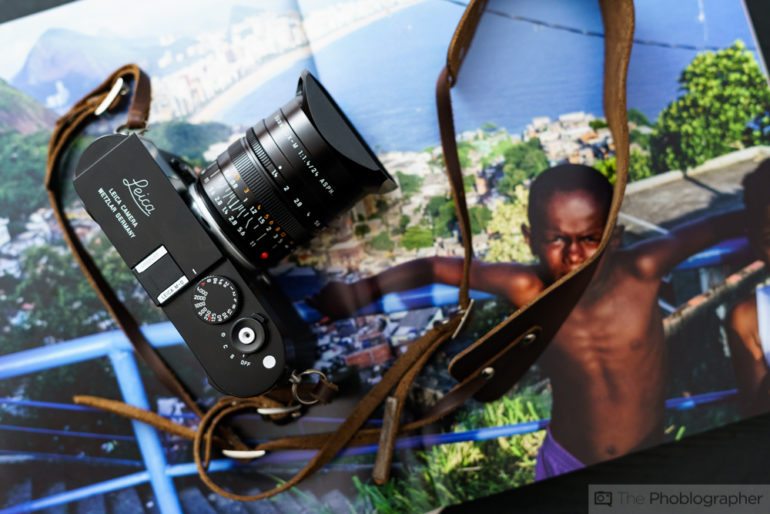
It would be hard to have a camera list like this without mentioning Leica. Sure, Leica doesn’t always innovate by cramming the latest tech, and flashing lights and such into their cameras, but they do innovate when it comes to design and overall usability. The Leica M-D shows this, and it is why we have listed it as one of the most innovative cameras over the last decade. Packed inside the gorgeous camera body is a 24-megapixel sensor, but looking at the M-D you wouldn’t know it’s a digital camera. Leica removed the rear LCD so photographers could be more “in the moment” and focus on their photography rather than chimping at the screen. It was a genius move, and it made shooting with the camera a delight. Here’s what we said about it in our review:
“The Leica M-D is a crazy idea–seriously, who decides to remove the LCD screen from a camera? It makes no sense, right? Honestly, you’d be amazed at how wrong you are.”
Want one? You can pick one up for $7,995.
Olympus OMD E-M1 Mk II – 2016
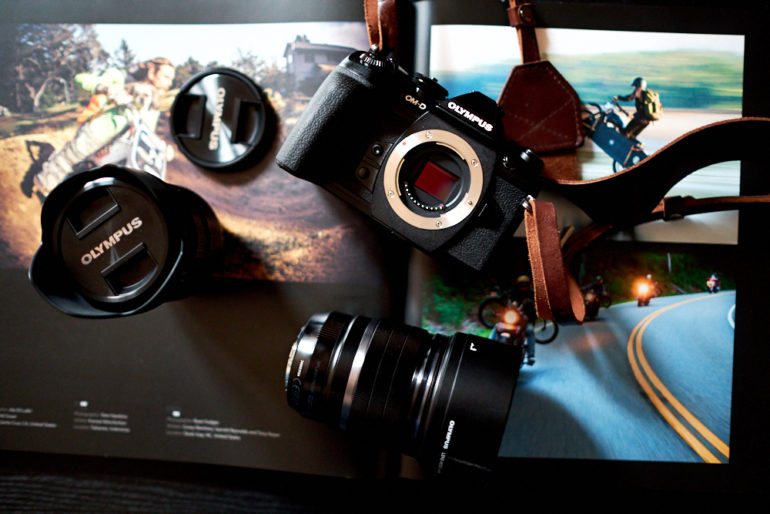
We see you rolling your eyes! Stop it! The Olympus OMD-E-M1 II is here for a few good reasons. The Micro Four Thirds sensor won’t get you the highest quality images ever (although they are still great), but what you will get from this camera is incredible in-body image stabilization and some very innovative features like Live Composite. You tell me another camera on the market that costs $1,299 (when on sale) that will allow you to handhold it for 15 seconds and still give you a razor-sharp image. With fun filters, crazy good IBIS, excellent 4K video, and Live Composite that allows you to see your light painting efforts in real-time, you have an incredibly fun camera to use. Innovation comes in many flavors, and Olympus did things with this camera others never even considered, which makes it one of the most innovative cameras since 2010. Here’s what we said in our review:
“The Olympus OMD E-M1 Mk II is a fantastic camera in many regards. But it’s expensive. However, I’ve sat debating the price point back and forth.”
Nikon D850 – 2017
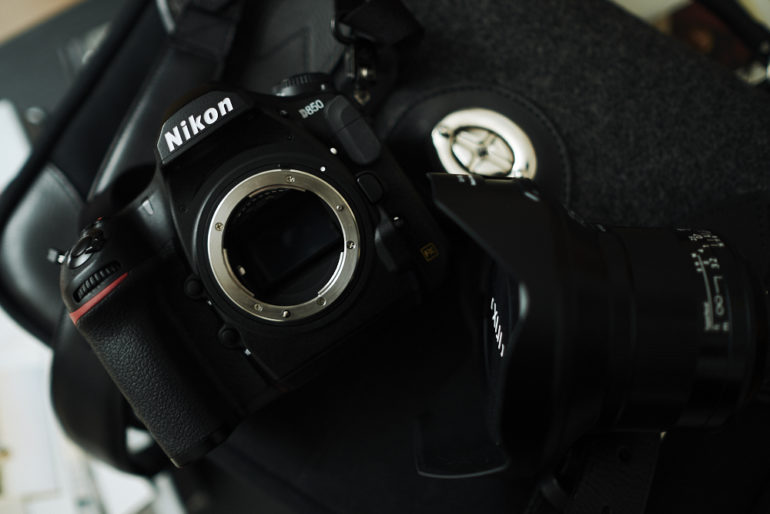
Nikon wasn’t as eager to join the mirrorless race as others in the industry, and because of this, they were innovating in the DSLR space until just a couple of years ago. Their insistence that DSLRs were still king led to the birth of the D850, and quite honestly, it will probably go down as one of the greatest, if not the greatest, DSLR of all time. Powered by a large 45.7-megapixel sensor, the camera is capable of producing glorious images. The D850 was built like a tank, it has an excellent pin-point AF system, it can shoot 8k time-lapses and 4k video, and it has a built-in focus-stacking feature. This big camera is powered by a battery that will net you over 1,800 shots on a single charge too. No Mirrorless camera can match that. Here’s what we said in our review:
“Besides the imaging sensor though there are a lot of nice touches to the Nikon D850 like the fact that the buttons now illuminate when you activate the LCD light, the ISO button, the touchscreen, 8K video, and Nikon’s attempt at their best viewfinder yet.”
Want one? Prices are falling (now on sale for $2,796.95) and they are more affordable than ever.
Fujifilm GFX 50R – 2018
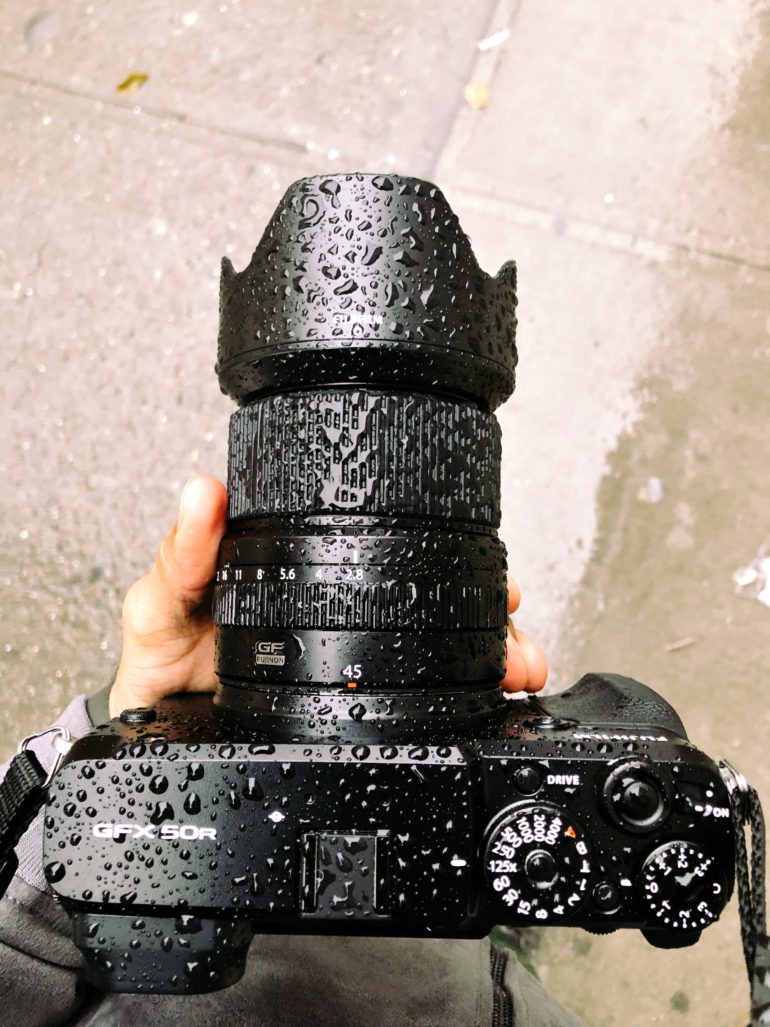
When Fujifilm announced they would be entering the Medium Format market, nobody could have expected the impact they would have in this segment. Out of nowhere, Fujifilm launched the GFX 50s and the GFX 50R. Thanks to the latter, Medium Format photography was not only more affordable and more accessible than ever, but the autofocus system was also almost as fast as a regular Full Frame camera, and that was simply unheard of in the Medium Format space. Powered by a 51.4-megapixel sensor, this camera, which boasts a great, compact Rangefinder design must have given Hasselblad and Pentax nightmares. Thank you, Fujifilm for innovating and for putting the Medium Format platform into the reach of many. It’s easily one of the most innovative cameras of this decade. Here’s what we said in our review:
“The Fujifilm GFX 50R is almost a perfect camera. This is truly the first viable medium format camera designed to not be used in the studio. The Fujifilm GFX 50R is a camera that is meant to be out there with you.”
Want to jump into Medium format? You can get the GFX 50R for $3,999.
Fujifilm GFX 100 – 2019
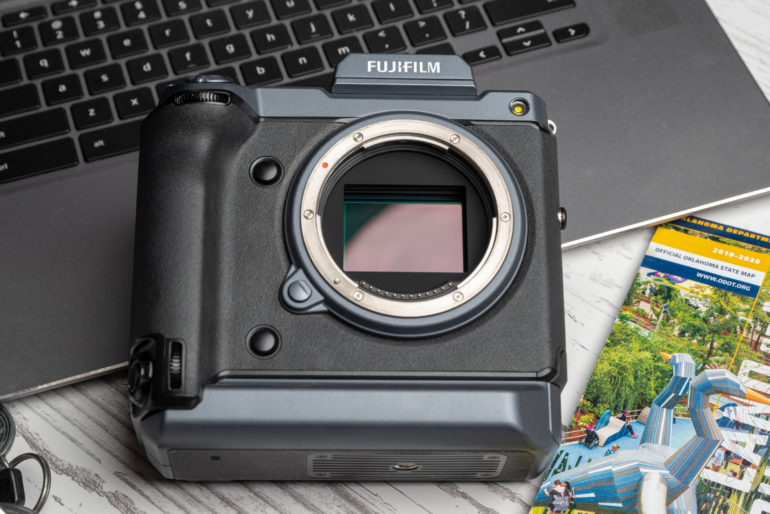
My goodness. Just look at how far technology has come over the last decade. 2019 saw the introduction of the 102-megapixel Fujifilm GFX 100. Just let that sink in for a minute. 102 megapixels! Somehow, Fujifilm managed to not only produce a Medium Format camera fReview: Olympus OMD E-M1 Mk IIr under ten grand with enough resolution to see into the future when you zoom in, but they also managed to pair it with IBIS (a first for Medium Format cameras). The GFX 100 also has an autofocus system that keeps up with the fastest Full Frame Mirrorless cameras out there too. The images that come out of this camera are glorious, and somehow Fujifilm managed to price it at just $9,999.95. The next camera with this type of resolution costs more than triple the price of the GFX 100! Bravo Fujifilm, Bravo. Here’s what we said about it in our review:
“The Fujifilm GFX 100 is no doubt a revolutionary camera. A 102 Megapixel monster that’s as easy to use as any other Mirrorless camera, and that costs under $10,000? Wow! Fujifilm has outdone themselves when it comes to the amount of technology they have packed into this camera at this price point.”
Want one? You can join the Medium Format club for $9,999.95


